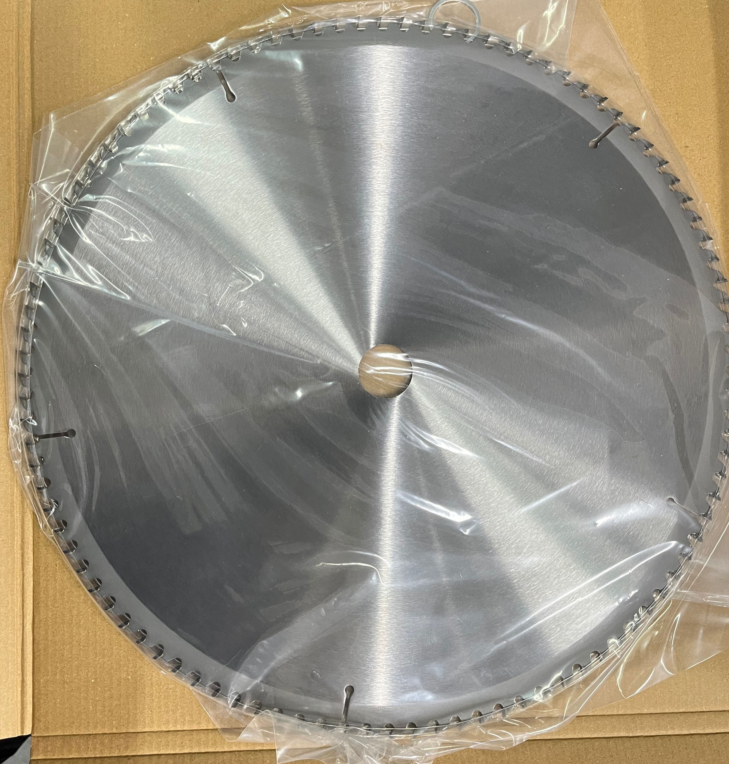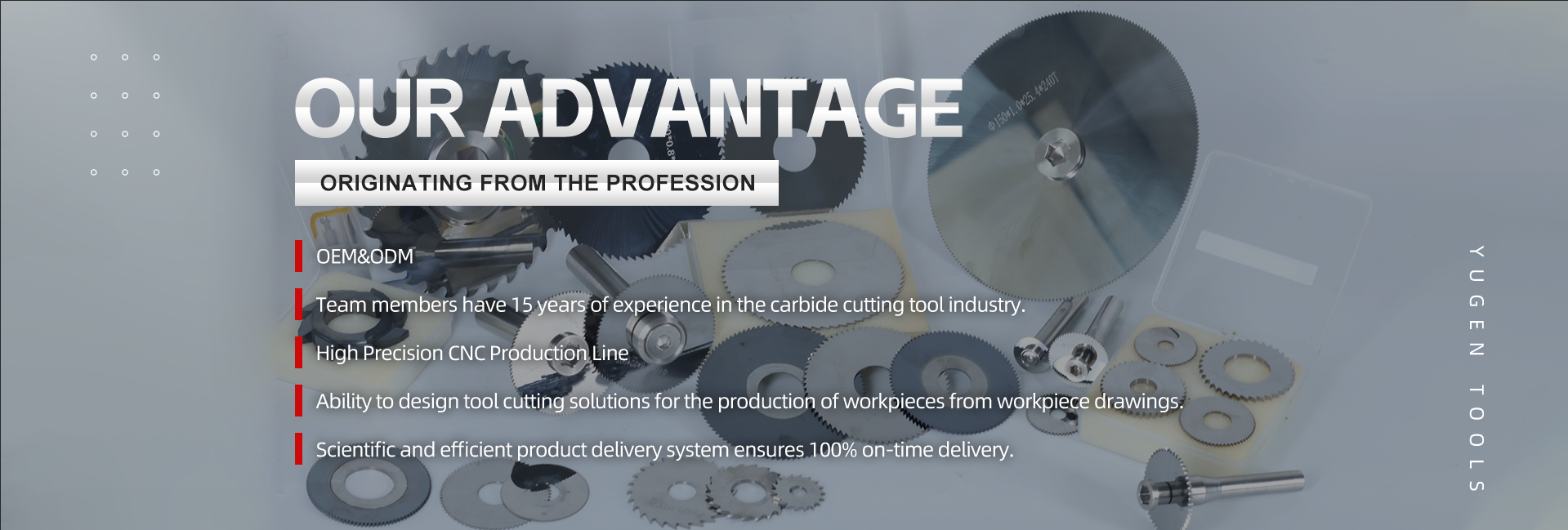Selecting the right circular saw blade is crucial for cutting efficiency, results, and safety. Different materials and processes are suited for different scenarios. This article provides an in-depth analysis of the differences between solid carbide saw blades, high-speed steel saw blades, and tipped saw blades to help you make an informed choice.
1.Solid Carbide circular Saw Blades: The Ultimate Choice for Precision Machining
As the name suggests, solid carbide saw blades are made entirely from a single piece of carbide material, ground into shape rather than welded. This manufacturing process delivers unparalleled performance.
Advantages: Extremely high hardness and rigidity, excellent anti-vibration properties, enabling ultra-high cutting precision and superior surface finish. Due to their solid structure, they are far more stable than welded blades and are highly suitable for high-speed operation.
Disadvantages: High manufacturing cost, expensive, and difficult to regrind after wear.
Applicable Scenarios: Primarily used in high-precision CNC equipment, such as machining centers and router mills, for precision cutting and molding. For ordinary handheld tool users, they represent the “professional ceiling” option.
2.High-Speed Steel circular Saw Blades: An Economical and Practical Traditional Choice
High-speed steel (HSS) circular saw blades are made entirely from a single piece of high-speed steel material, representing a more traditional type.
Advantages: Economical and affordable, with excellent initial sharpness, providing decent cuts when working with softwoods, acrylic, and other materials.
Disadvantages: Poor wear resistance and heat resistance. When cutting hardwoods or artificial boards with high glue content, the high heat generated by friction can easily cause the blade to “anneal” and soften, leading to rapid wear, dulling, and a shorter lifespan.
Applicable Scenarios: Suitable for light DIY users with infrequent cutting tasks and low precision requirements, primarily for processing softwoods and non-abrasive materials.
3.Tipped circular Saw Blades: The Mainstream Choice for Modern Woodworking
Typically, what is referred to as a “tipped saw blade” specifically denotes a blade where hardened carbide (tungsten carbide) tips are welded onto an alloy steel body. This is the most common and widely used type in daily applications.
Advantages: Perfectly combines the exceptional wear resistance of carbide with the toughness of a steel body. Long service life, high cost-effectiveness, and capable of easily handling various solid woods, artificial boards (such as particleboard, MDF), and even aluminum-plastic panels.
Applicable Scenarios: These are the standard for almost all power tools, including handheld circular saws, table saws, and miter saws. From home renovation projects to professional carpentry, tipped saw blades are the absolute backbone. Users can select specific models based on the number of teeth (e.g., 24 teeth for fast rip cuts, 60+ teeth for smooth crosscuts).

4.Summary and Selection Recommendations
For Pursuing Ultimate Precision and Stability: Choose solid carbide saw blades for CNC equipment.
For Limited Budgets and Light Use: High-speed steel saw blades can be chosen for softwoods, but their susceptibility to wear must be accepted.
For Universal Durability and Best Value: Tipped saw blades (i.e., carbide-tipped saw blades) are the undeniable best choice for the vast majority of users, truly the mainstay of wood cutting.
If you have any needs for purchasing circular saw blades, please contact me



